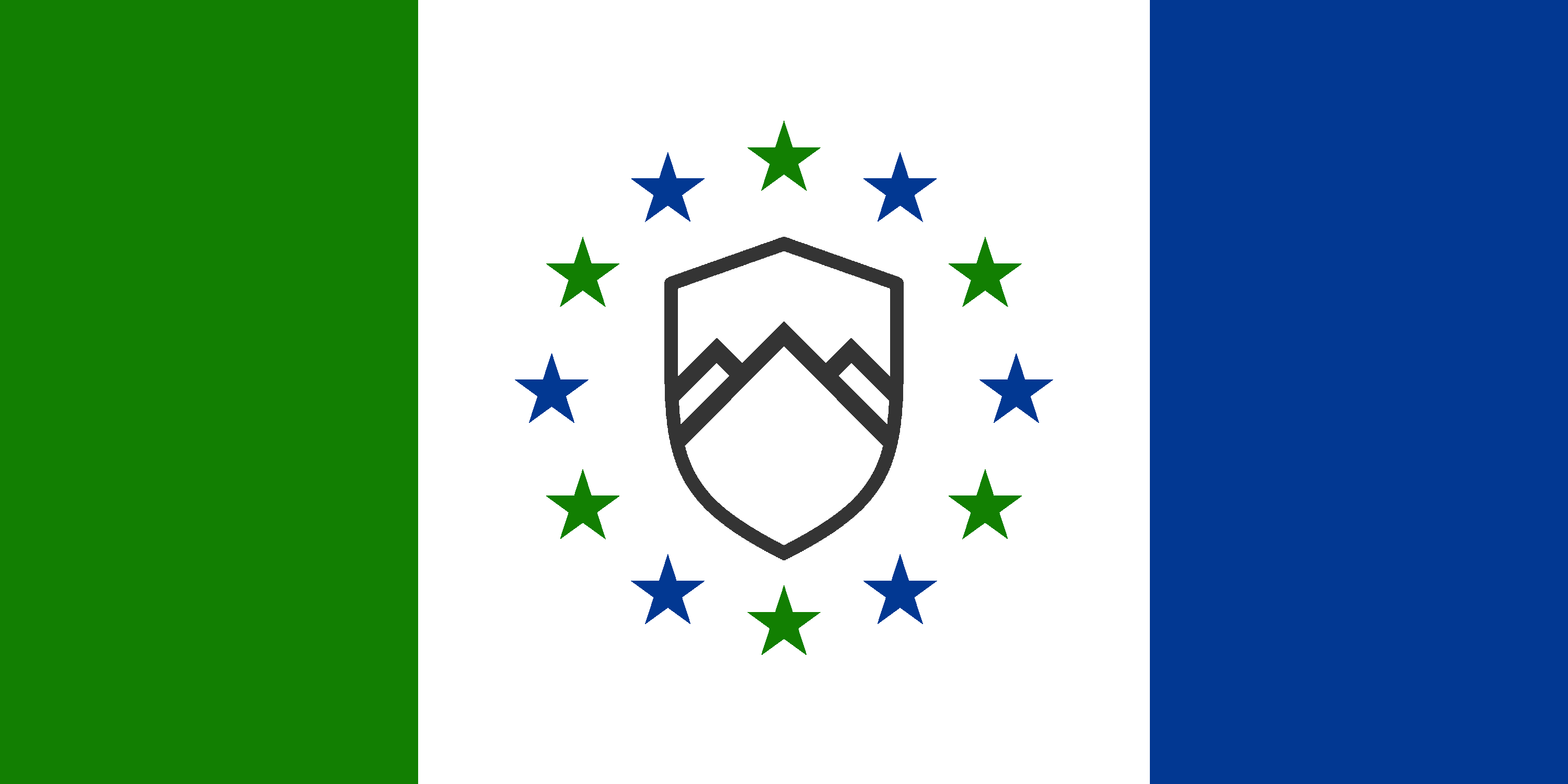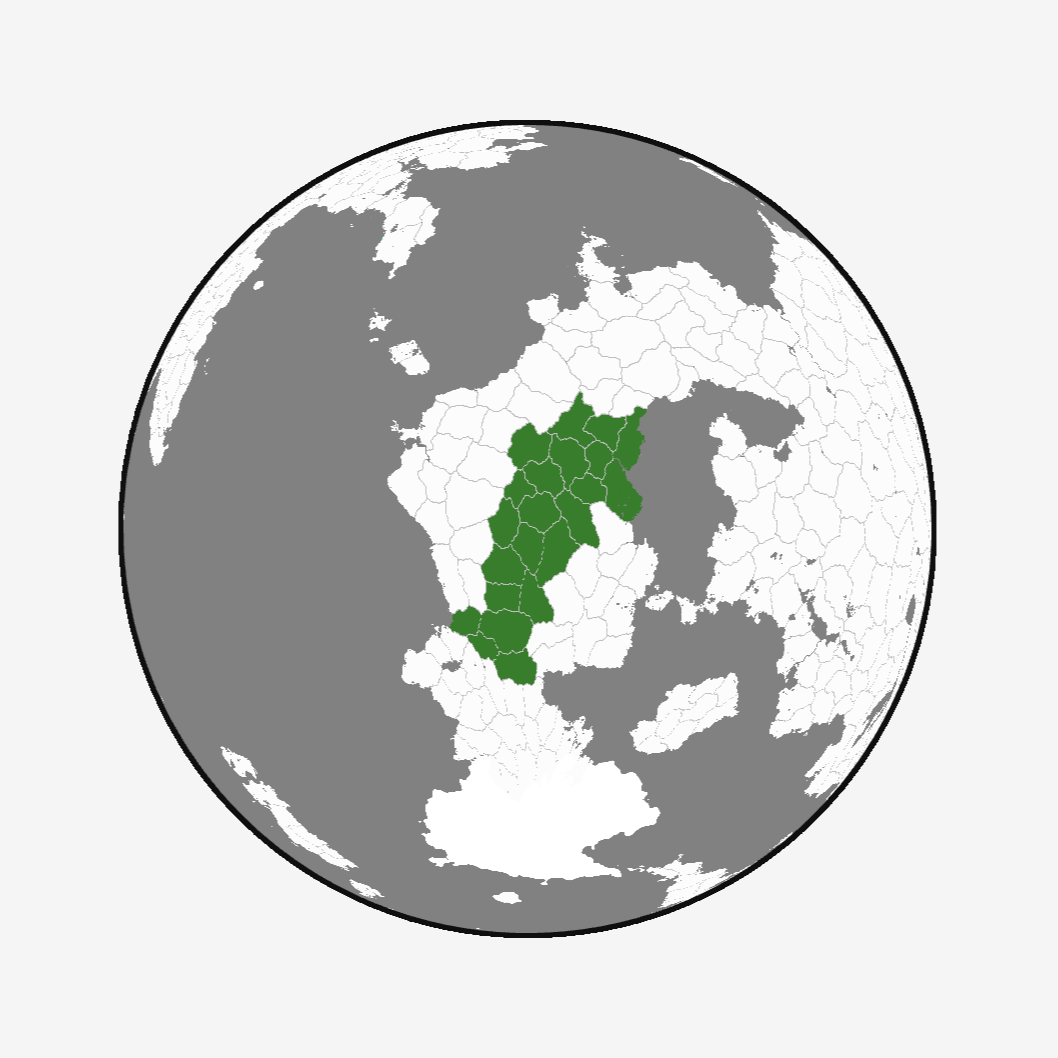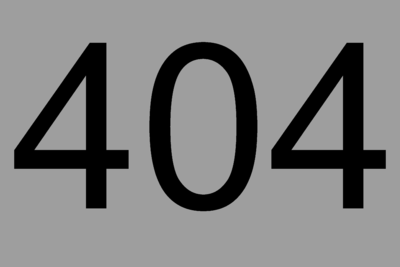New Kalban Republic: Difference between revisions
Slippulter (talk | contribs) m (Further work in the Government and politics section) |
Slippulter (talk | contribs) No edit summary |
||
| Line 51: | Line 51: | ||
=== Kalbanska Nacionalna Stranka === |
=== Kalbanska Nacionalna Stranka === |
||
Placeholder |
Placeholder |
||
| + | |||
| + | ==Etymology== |
||
| + | The name Kalbanija originates at least from the 1400s, as a name the local Kerbian, Troak and Behian people gave to the regions surrounding the Minor Baskay Bay, and has been used as a name for states occupying the are since at least 2045. |
||
| + | New Kalbania specifically comes from the post civil war wish of rebuilding the nation into "a new Kalbanija", a functional, united state, like the KSKM and SFRK who came before it. |
||
| + | <br/> |
||
| + | ==Geography== |
||
| + | Kalbanija is a mountainous country, with two notable mountain chains covering it's territory. The Karjina Mountains are located in the nation's north, and have multiple peaks reaching 4500m above sea level. The central are of Kalbanija is a mostly flat plain, while the south is covered in the (TEMP) Mountains. Largest river in the country is the Nridia river, located in the north-east of Kalbanija. It's shores and the plains surrounding it are mostly flat, and provide fertile farming grounds. |
||
| + | [[File:Template_Relief.png|thumb]] |
||
| + | ===Climate === |
||
| + | <nowiki>###</nowiki> |
||
| + | ===Biodiversity === |
||
| + | <nowiki>###</nowiki> |
||
| + | ===Urban Areas=== |
||
| + | <nowiki>###</nowiki> |
||
| + | <br/> |
||
| + | ==Politics == |
||
| + | ===Government === |
||
| + | <nowiki>###</nowiki> |
||
| + | ===Subdivisions=== |
||
| + | <nowiki>###</nowiki> |
||
| + | ===Foreign Relations=== |
||
| + | <nowiki>###</nowiki> |
||
| + | <br/> |
||
| + | ==Demographics== |
||
| + | ===Languages and Culture=== |
||
| + | <nowiki>###</nowiki> |
||
| + | [[File:Template_Culture.png|thumb]] |
||
| + | ===Education=== |
||
| + | <nowiki>###</nowiki> |
||
| + | ===Religion=== |
||
| + | <nowiki>###</nowiki> |
||
| + | ===Age=== |
||
| + | <nowiki>###</nowiki> |
||
| + | <br/> |
||
| + | ==Military == |
||
| + | ===Air=== |
||
| + | <nowiki>###</nowiki> |
||
| + | ===Army=== |
||
| + | <nowiki>###</nowiki> |
||
| + | ===Navy=== |
||
| + | <nowiki>###</nowiki> |
||
| + | ===Orbcom=== |
||
| + | <nowiki>###</nowiki> |
||
| + | <br/> |
||
| + | ==Economy== |
||
| + | ===Taxation=== |
||
| + | <nowiki>###</nowiki> |
||
| + | ===Transport=== |
||
| + | <nowiki>###</nowiki> |
||
| + | ===Energy and Infrastructure=== |
||
| + | <nowiki>###</nowiki> |
||
| + | ===Trade=== |
||
| + | <nowiki>###</nowiki> |
||
| + | ===Science=== |
||
| + | <nowiki>###</nowiki> |
||
| + | <br/> |
||
| + | ==History== |
||
| + | <nowiki>###</nowiki> |
||
| + | <br/> |
||
| + | ==Notable Events== |
||
| + | <nowiki>###</nowiki> |
||
| + | <br/> |
||
| + | ==About The Flag== |
||
| + | [[File:template_Flag.png|thumb|400px]] |
||
[[Category:KP2.5 Nations]] |
[[Category:KP2.5 Nations]] |
||
Revision as of 20:16, 30 January 2023
|
New Kalban Republic
Nova Kalbanska Republika
|
|||||
|---|---|---|---|---|---|
 |
|||||
| Peactime flag of the New Kalban Republic | |||||
| Motto | "U Jedinstvu, Spasenje" (Trough Unity, Salvation) |
||||
| Common Name | New Kalban Republic | ||||
| Anthem | Himna Kalbanskoj Republici | ||||
 |
|||||
| Map of the Kalbans, with the NKR marked in green | |||||
| Demonym | Kalbanian | ||||
| Official languages | Kalbanian Laythi |
||||
| Currency | Kalban Official Kinta Kalban Dinar |
||||
| Politics | |||||
| Capital | Dolinia | ||||
| Government | Parliamentary Repbulic | ||||
| Foundation | 2138 | ||||
| Premijer | Andrej Jovanovic-Kerman | ||||
| Preceded by | SFRK | ||||
| Demography | |||||
| Ethnicities | Kerbian Troak Karkow Laythi |
||||
| Population | 4,155,020 | ||||
| Area | 62,286km^2 km² | ||||
The New Kalban Republic (Kalban: Nova Kalbanska Republika), also known as Kalbanija or NKR, is a country in Central Veiid, and the successor of the Socialist Federative Republic of Kalbanija. The NKR borders Arvene, Fortis, and Belka, and has maritime acess to the minor and major Baskay Bay, as well as the Tau Sea. The total land area of Kalbanija is 62,286km², and a population of 4,155,020 kerbals according to the 2059 Census.
Kalbanija is a multi-party parliamentary republic. The capital and largest city is Dolinia, located in a valley in the nation's north, with a metropolitan area population of aproximately 900,000 kerbals. Other major cities include Nridia, Pecovia, Karjina, Sug and Bof.
History
After the dissolution of the SFRK, a civil war broke out in the Kalbans. Fought with the latest of the SFRK technology, including weapons of mass destruction, the destruction lowered the living standards to the levels not seen since the 1700s, with the only remaining advanced technology being small quantities of military owned weapons. 10 years after the end of the civil war, the remnants of the armies that fought in the war staged a coup against the many local tribal leaders and land owners, with the goal of reuniting the Kalbanians under one nation, and rebuilding back to modern standards. The coup was successful and the army backed government took power in 2138. The first leader was elected from the upper ranks of the military, as the government didn't have the resources to run national elections, and were won by lieutenant general Cmarko Supcic, who now took the position of Vodja, and started the rebuilding process.
The 3 year programs
The first 3 year program (Retroactively named "Zora") was launched in 2138, with the goals of repairing and reactivating many of the damaged SFRK era facilities to get the nation to the point of having some semblance of a modern nation, such as power, water, hospitals, some outdated industry, and efficient farming tools. The program was a great success with the facilities found in better condition than expected, and therefore reactivated in larger numbers. NKR found a regional partner - The Republic of Fortis, who for a relatively small fee trained a generation of NKR Kerbals in the sciences and politics, as well as teaching, to create the first high schools and universities in the nation. The program did not come without casualties however, with estimates ranging between 20.000 and 85.000 Kerbal deaths caused by the program.
The second 3 year program (Named "Jutro") was launched in 2142 with continuation of the rebuilding intended, this time more focused on building new facillites, as most damaged ones have already been reactivated. However the pace was a lot lower, and more attention was paid to safety, leading to a lower death count - in the region of 8.000. The programs result was closing the gap of the NKR to the rest of Kerbin, both in civilian industry and life quality, and in military technology.
Government and Politics
Work In Progress: Parliamentary republic with 2 houses of parliament. The lower house is directly elected in general elections, while the upper house is 1/3 elected in general elections, 1/3 elected from the military, 1/3 elected from public owned companies and industry. There also exists the Council of Nationalities with limited veto power, to block laws seen as discriminatory against national and ethnic groups in the country. Most notably, the council blocked certain resolutions of parliament during the Kalban-Fortis Troak Crisis, on the basis of the resoltuions discriminating against the Troak national minority.
The major political parties in the Kalban parliament are the Politicko Krilo Armije - PKA (Political wing of the Army), Kalbaska Socijalisticko-Komunisticka Partija - KSKP (Kalbanian Socialist-Communist Party), Liberalno-Pacifisticka Stranka "Mir" -LPS (Liberal Pacifict Party "Peace") and Kalbanska Nacionalna Stranka - KNS (Kalban National Party). They act as complex coalition organisations under which exist a plethora of smaller parties that compete in local elections, and sometimes ethnicity specific parties that fill the seats of the Council of Nationalities.
Politicko Krilo Armije
Placeholder
Kalbanska Socijalisticko-Komunisticka Partija
Placeholder
Liberalno-Pacifisticka Stranka "Mir"
Placeholder
Kalbanska Nacionalna Stranka
Placeholder
Etymology
The name Kalbanija originates at least from the 1400s, as a name the local Kerbian, Troak and Behian people gave to the regions surrounding the Minor Baskay Bay, and has been used as a name for states occupying the are since at least 2045.
New Kalbania specifically comes from the post civil war wish of rebuilding the nation into "a new Kalbanija", a functional, united state, like the KSKM and SFRK who came before it.
Geography
Kalbanija is a mountainous country, with two notable mountain chains covering it's territory. The Karjina Mountains are located in the nation's north, and have multiple peaks reaching 4500m above sea level. The central are of Kalbanija is a mostly flat plain, while the south is covered in the (TEMP) Mountains. Largest river in the country is the Nridia river, located in the north-east of Kalbanija. It's shores and the plains surrounding it are mostly flat, and provide fertile farming grounds.
Climate
###
Biodiversity
###
Urban Areas
###
Politics
Government
###
Subdivisions
###
Foreign Relations
###
Demographics
Languages and Culture
###
Education
###
Religion
###
Age
###
Military
Air
###
Army
###
###
Orbcom
###
Economy
Taxation
###
Transport
###
Energy and Infrastructure
###
Trade
###
Science
###
History
###
Notable Events
###


